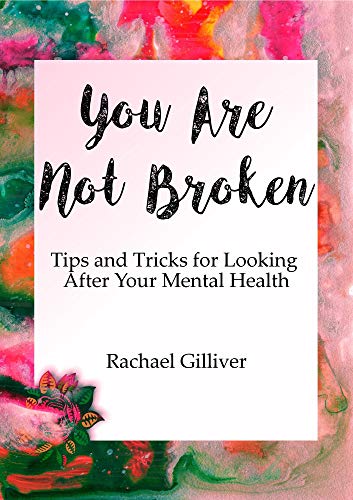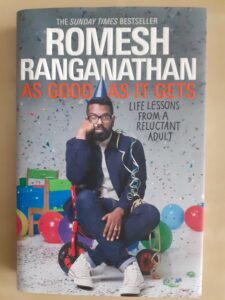There is a difference between copy editing and proofreading. Copy editing’s focus is on making the manuscript suitable for its target audience, by focusing on sentence-level editing of the language, but copy editors check for many aspects beyond spelling, punctuation, and grammar to ensure a manuscript is consistent, logical, and structurally complete (not to be confused with editing the structure of a manuscript).
Copy editing comes before proofreading in the publishing process.
The proofreading job was to ensure everything was accurately reflected on the proof and that no new errors were introduced by the publishing process and the team that has so far worked on it (copy editor, typesetter, author, etc.). Proofreaders check for consistency in presentation, errors of omission (what’s missing), and errors of commission (errors introduced by someone). Where language was concerned they’d focus on spelling, grammar, punctuation, and sense, sometimes reading once for error and once for sense, before tackling anything else inconsistent or that required querying.
In conclusion, editing and proofreading used to be seen as different, and many writers, editors, and publishers still believe that they are, but sometimes there are trends that suggest otherwise for a variety of reasons when:
- Writers don’t understand the difference between the skills.
- Writers or publishers seek a cost-effective solution to publishing, thereby cutting out some editing stages/skills or seeking a do-it-all editor as part of a whole package.
- There is a project that is initially required for a proofread but the proofreader notices more intervention is required at the editing stage, and the skill/service becomes a ‘proof-edit’.


 As Good As It Gets by comedian Romesh Ranganathan is a candid background to his life, perspectives, and upbringing in the modern world before and during the pandemic. The number one thing I’d assume readers would be hoping for is that the book is funny, and it is! It doesn’t try too hard, and the prose isn’t too artificial; it fits with Romesh’s style as self-deprecating and with a fear of incompetence that I’m half-ashamed to say that we fans find amusing.
As Good As It Gets by comedian Romesh Ranganathan is a candid background to his life, perspectives, and upbringing in the modern world before and during the pandemic. The number one thing I’d assume readers would be hoping for is that the book is funny, and it is! It doesn’t try too hard, and the prose isn’t too artificial; it fits with Romesh’s style as self-deprecating and with a fear of incompetence that I’m half-ashamed to say that we fans find amusing.